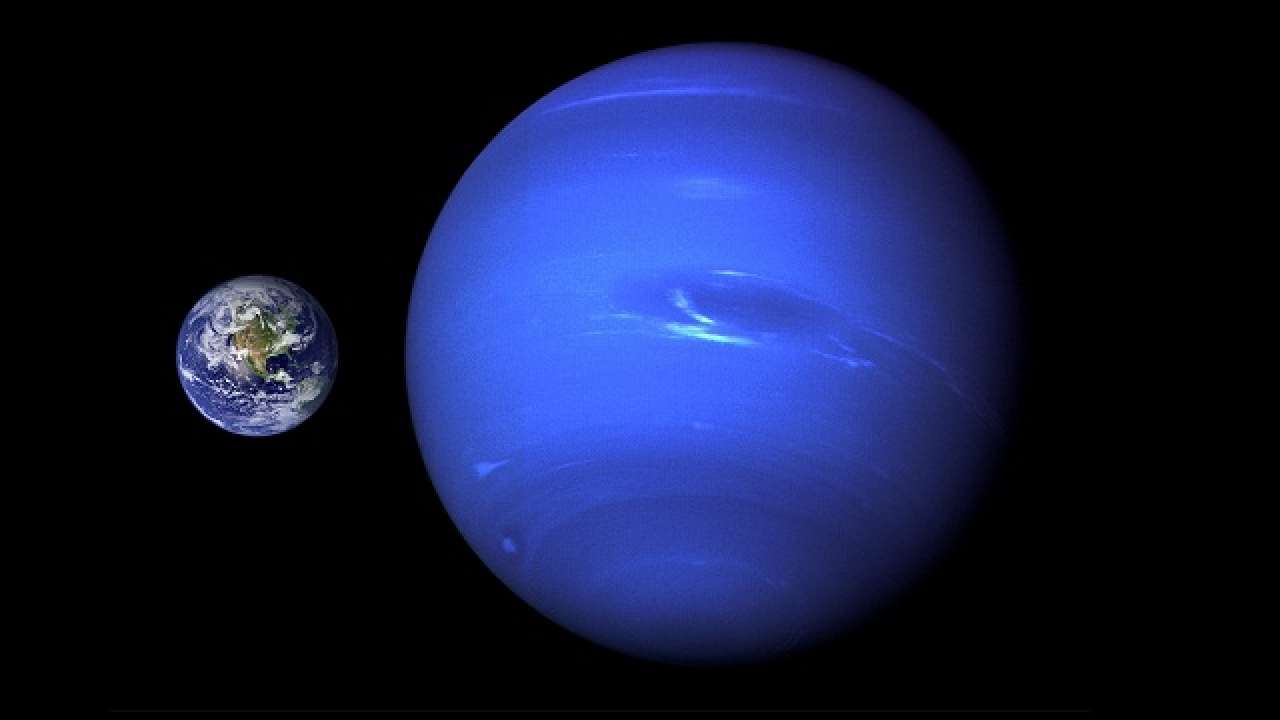

This means that the spaceship may get to the Sun in around 216 hours or nine days. This probe might reach a maximum speed of 430,000 mi / 692,017 km per hour.

One of the fastest planned spacecraft on Earth is the Parker Solar Probe. When the spacecraft is launched, it will take several minutes or hours to reach its top speed. However, what clouds our estimation is the fact that it is impossible to launch a spacecraft that would constantly maintain its top speed from the start. If we were to launch an imaginary spacecraft from Earth that would travel around 153,454 mi / 246,960 km per hour constantly, it would reach the Sun in 606 hours, or 25 days.

It’s tough to predict a spacecraft’s journey towards the Sun. How Long Would It Take to Get to the Sun From Earth? When it comes to Earth’s farthest point from the Sun – aphelion – it is around 152 million km / 94.5 million mi, a little over 1 AU away from the Sun. Since the Earth moves around the Sun, the distance differs, with Earth’s closest point from the Sun – perihelion – reaching 147.5 million km / 91.3 million mi. For comparison, Mars is 1.5 AU away from the Sun, which would translate to 227.94 million km / 141.70 million mi. The Earth orbits the Sun once every 365.3 days, while farther planets such as Mars, completes an orbit around the Sun in 687 days. If we were to speak in meters, then the Sun would be 150.4 billion meters away from Earth. In light-years, the Sun is 0.00001581 light-years away, while in light minutes, the Sun is 8.20 light minutes away, or 500 light-seconds away from Earth. How far is the Sun from Earth? Well, when it comes to space, we apply different measurements, and in terms of distance, we speak trough astronomical units.Īn astronomical unit (AU) is the equivalent of 150 million km / 93 million mi, and the Sun is 1 AU away from Earth. Most of the objects in our universe appear to be drifting away from us, while others, such as the Andromeda Galaxy, are closing in on us, but let us take a closer look at the celestial objects in our vicinity, like the Sun. This rare cloud type appeared as a bright spot right beside the larger main dark spot.Everything in the Universe is moving, from a couple of kilometers/miles per second to more than 200 km / 124 mi per second, with space itself theorized to expand faster than even the speed of light, which is 299,792 km / 186,282 mi per second. The observations also offered up a surprise result - a rare deep bright cloud type that had never been identified before, even from space. The spectrum method astronomers used helped them determine how high the current dark spot sits in the atmosphere, as well as revealing the chemical composition of different layers in Neptune's atmosphere. They've been able to learn more by splitting the sunlight reflected from the planet and observations suggest the natural phenomena could be caused by air particles darkening as ice and hazes mix in Neptune's atmosphere. Their research, published in Nature Astronomy, began after NASA and the European Space Agency's Hubble Space Telescope discovered several dark spots in the planet's atmosphere, including one in Neptune's northern hemisphere in 2018. Star could become one of universe's most powerful magnets The researchers used data from the VLT to rule out the possibility that dark spots are caused by a clearing in the clouds. The scientists have seen the spot for themselves by using the European Southern Observatory's (ESO) Very Large Telescope (VLT).


 0 kommentar(er)
0 kommentar(er)
